The Brush is Mightier than the Sword
Art remains a powerful medium through which a true picture of conflict zones reaches the full public view, creating niches of dialogue and discussion for posterity
John Xaviers
A non-partisan and objective view of informing the general public about the ground reality of geo-political and socio-political conditions has been traditionally done by art. Despite the fact that art has been commonly understood as something that enables aesthetic appreciation through imitation or representation of nature, the subversive role that art plays with a sub-text of provoking thoughts about political realities is something that cannot be ignored. Before bourgeois art of modernity emerged as an autonomous act for its own sake, l’art pour l’art (Burger), there have been references to concurrent politics of those periods that artists and poets secretly conveyed by virtue of allegories and metaphors. The famous painting by Jacques Louis David called The Death of Marat directly alluded to French Revolutionary politics, in which the artist David was an active participant. But before the French Revolution in 1789, even in the neo-classical paintings by David that were exhibited in the Royal Salon during the reign of Louis XVI, such as The Oath of the Horattii, there were subtle references to the political turmoil in the bourgeois public sphere in Paris in the late 18th century that led to the French Revolution. In fact, in retrospect, David’s paintings can be read as allegorical harbingers.
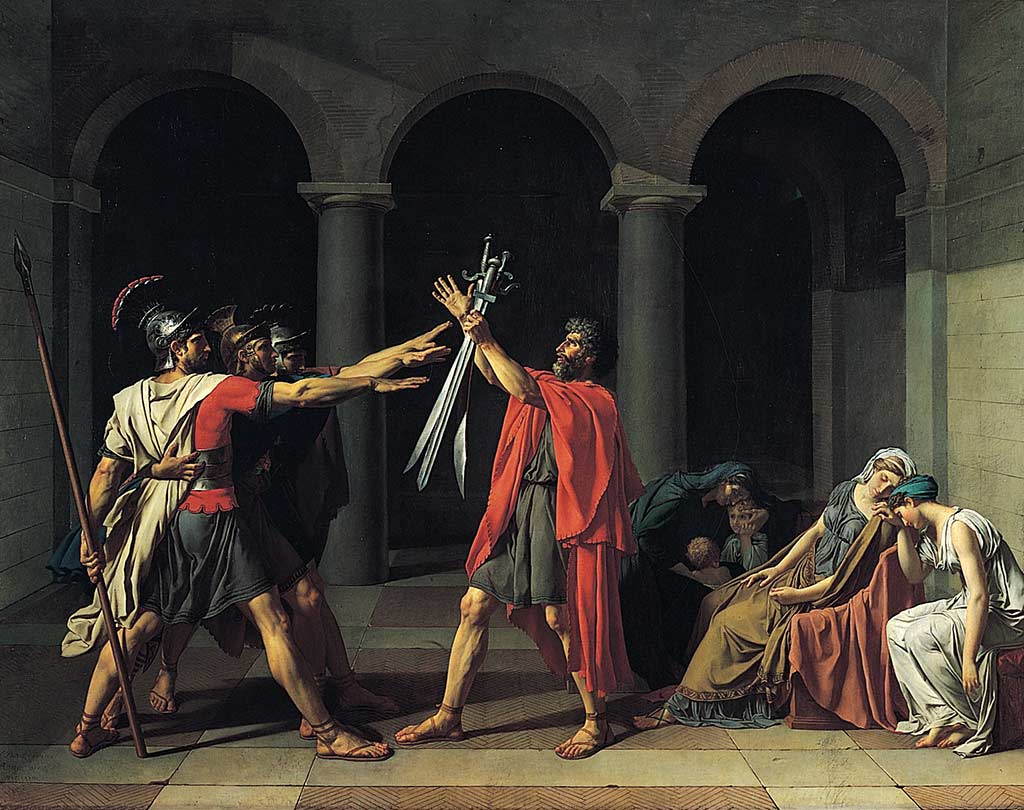
One of the elements in the timeline of ancient Greek theatre with the time-space unity structure of a beginning, middle and end is the insertion of the conflict to bring drama to the plot. If the protagonist does not encounter a conflict, there is nothing to be resolved and, therefore, there is nothing to lead the story. Conflict is the keystone of a narrative that maintains the tense balance of the storyline. On the other hand, contemporary art need not always be narrative-based as it can take on the formats of a database, a document, a discussion or a testimonial. So, what is the function of conflict as a keystone in art that is not narrative-based, especially today when a lot of contemporary cultural practitioners run the risk of censorship, exile, humiliation or even death? Maybe, the conflict is not within the structure of contemporary artwork, but outside of it.
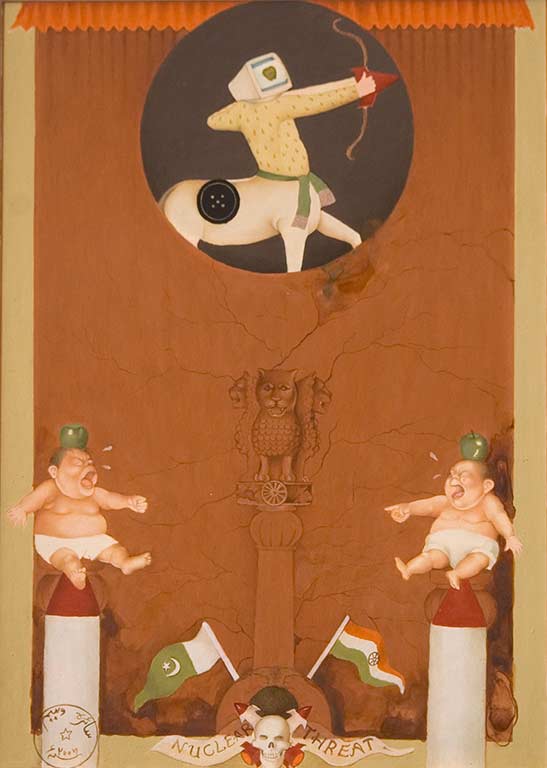
Say that Again
One of the strategies in contemporary art is reiteration (David Joselit, After Art) or restaging something that is not identical to representation. This reiteration can be a re-contextualised repetition of an earlier artwork – Marina Abramovic repeating early feminist performance art pieces – or it could be the reiteration of an earlier historical moment, like the artistic strategy in Jeremy Deller’s Battle of Orgreaves. He employed film stunt production units to restage a battle between the police and some coal mine workers/protestors, which had really happened. Some of the coal mine workers who were part of the original battle between the police and the protestors were invited to take part in the reiteration of the historical event. Of course, the conflict in this restaging is not the Aristotelian definition of conflict as an element of plot development. The plot is the conflict itself as there is no central protagonist, congruent with working class aesthetic stratagem, where the hurt of one is the hurt of all. When it comes to the ethics of art production, however, there can be serious questions about what should be allowed and what shouldn’t be. Contemporary art theorist Claire Bishop argues that art has a potential of producing antagonistic meanings and has to be viewed beyond the realms of ethics, morality and logic (Claire Bishop, Antagonism and Relational Aesthetics, October). In that context, Bishop is referring to the works of Santiago Sierra. In one of his works, he hired the services of few men to serve the role of art objects in an exhibition context, where a straight line of 250 cm was tattooed along their upper backs. While human beings are paid to be paraded as art objects, it is also functioning as an institutional critique of art itself by being blatantly critical of art systems. Some of Sierra’s works also opens up questions about conflicts in geopolitical situations like the refugee crisis. In one of his works, Sierra made paid refugees to hide inside cartons displayed inside a gallery. The viewers went inside the gallery to see just the cartons, knowing that there are refugees hiding inside them.

Documented Reality
Other than reiteration and restaging, another strategy in contemporary art is documentation of social reality. In the context of conflict, especially, the documentary form of art is particularly significant. In the early 2000s, artists such as the Raqs Media Collective and Amar Kanwar became formidable stakeholders in bringing insights about social reality through their documentary video installations. The format of documentary has an indexical relationship with social reality. It’s important to remember what activist-documentary filmmaker Sanjay Kak said about this medium, that ‘there are no deletions, which are not calculated, and there are inclusions, which are not inadvertent’. One form of addressing social conflict through documentary form is through the trope of testimonials.
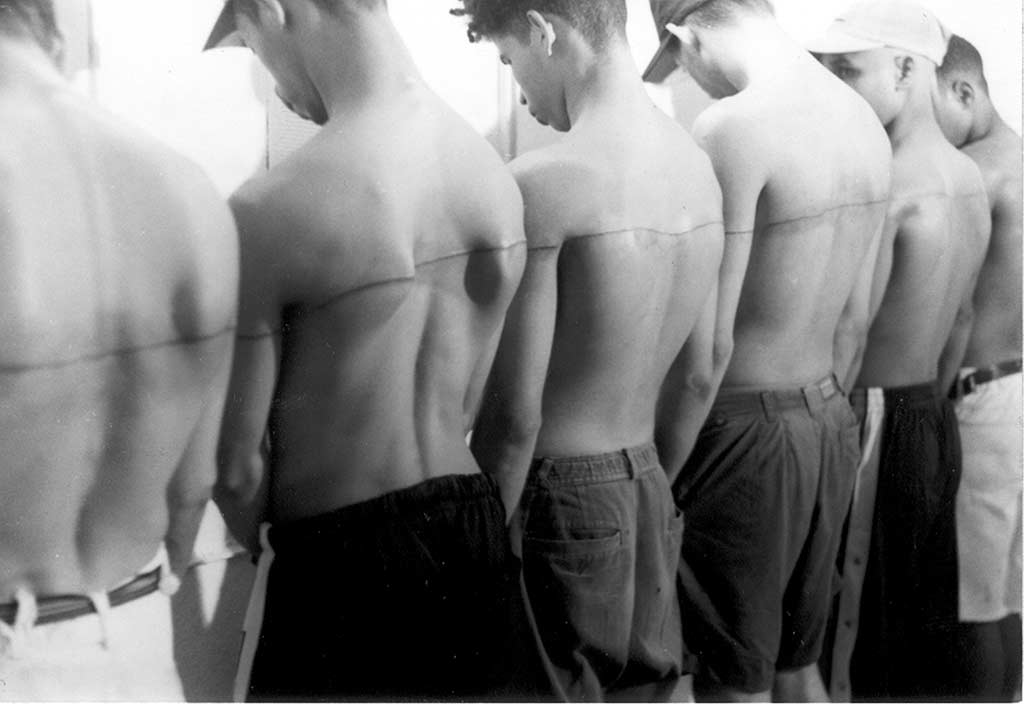
A documentary film allows first-person narratives of the survivors of conflicts. The testimonials function as information as well as cathartic devices by virtue of empathy where art may lead to the healing of social trauma. ‘Amar Kanwar’s Lightning Testimonies is a multi-channel video installation that reflects upon a history of conflict in the Indian subcontinent through experiences of sexual violence. In this exploration, multiple submerged narratives are revealed, sometimes in people, images and memories, and at other times in objects from nature and everyday life that stand as silent but surviving witnesses. In all the narratives, the body is central – as a site for honour, hatred and humiliation and also for dignity and protest.’
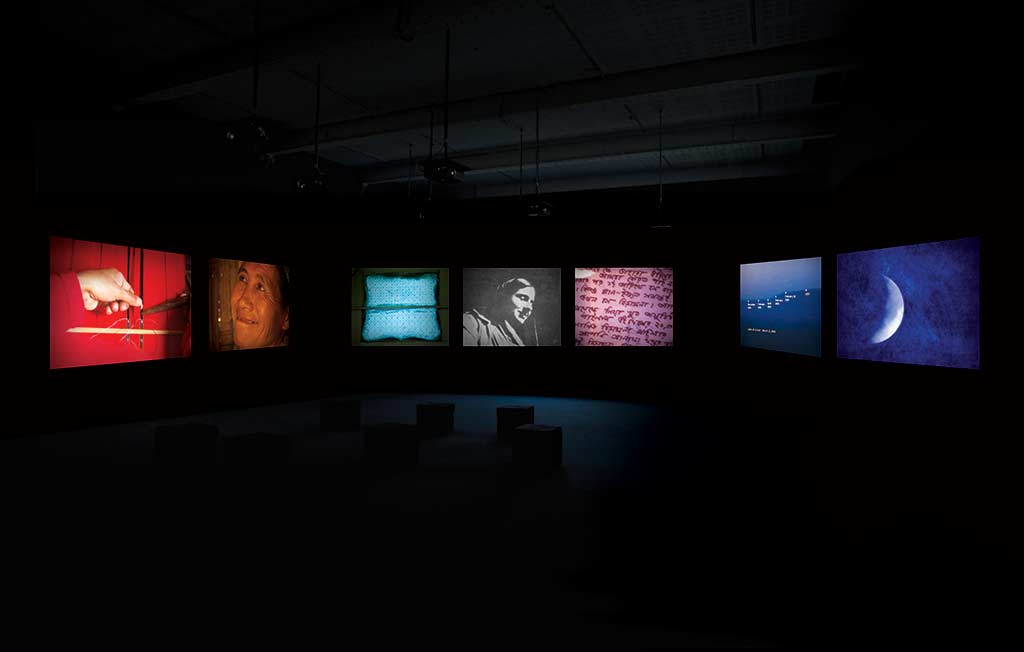
The Funny Side of Darkness
The great Urdu writer, Saadat Hasan Manto sardonically highlighted the absurdity of partition violence, giving us one of the best examples of dark humour as an effective tool in addressing conflict. Shilpa Gupta’s Blame project in the aftermath of the Gujarat riots 2002, where she bottled simulated blood with labels saying ‘Blaming you makes me feel so good. I blame you for what you cannot control – your religion, your nationality,’ is a very matter-of-fact exercise in dark humour, including the performative mode when she went around the local trains in Mumbai to sell the Blame bottles.
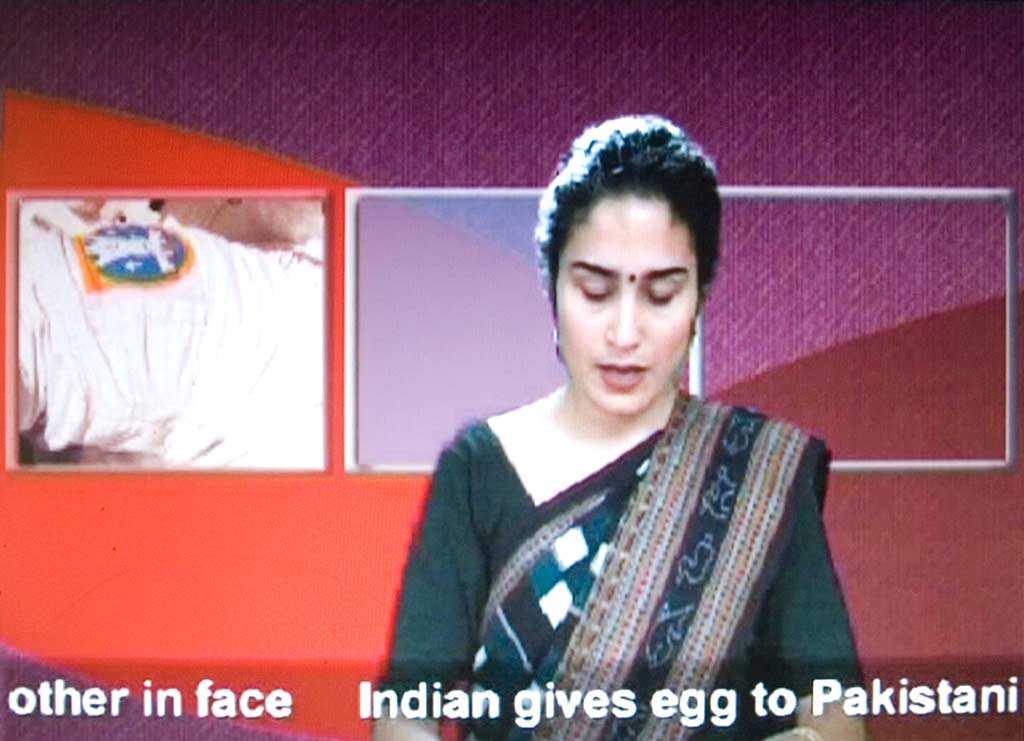
Pakistani contemporary artist Bani Abidi’s The News is a humorous take on Indo-Pakistan border conflicts. In this two-channel video, the artist performs as an Urdu newsreader covering her head and as a Hindi newsreader wearing a sari. Both of them are reporting the same news from two different perspectives of the two countries that are involved. Basically, the story is that a hen from Pakistan crossed the border and laid eggs on Indian territory. Now, both countries are arguing about the ownership of the eggs. The Hindi newsreader is reporting that the eggs belong to India as it was laid on Indian soil, whereas the Urdu newsreader is reporting that the eggs belong to Pakistan because it is a Paksitani hen. The serious-faced irony and absurdity of this hilarious story points to the abjectness of the Indo-Pakistan border, which is one of the most militarised borders in the world between two nuclear powers. At the same time, it also alludes to the pain of separation, because of the mutual ties that were severed during Partition. The two TV screens of the two-channel video stand by as signifiers of the two-nation theory.
The Aesthetic is Political
The power of contemporary art to generate questions about political situations such as conflict zones is far more powerful than its ability to generate aesthetic pleasure and it is no longer possible to maintain a separation between the political and the aesthetic dimensions of art. But more often than not, art is capable of producing a stronger political response than other forms of political acts. For example, to address the refugee crisis issue in Europe, Schlingensief created a reality TV situation and invited a few refugees to inhabit a container. This was live telecast through CCTV footage distributed over the Internet and the viewers had the privilege of voting out a contestant every evening.
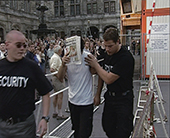
The voted out contestant was moved to the deportation department situated near the container. The winner was offered Austrian citizenship by virtue of marriage, if there were any volunteers willing to marry the refugee. This work was met with so much anger from the Austrian public that one old Austrian lady even verbally abused the artist for parading refugees like that, and yet again, the question of ethics in the production of art was raised. But Schlingensief’s response was simple: why was the Austrian public angrier at him than the state itself, which was responsible for the real deportation as against the symbolic deportation in his work. Claire Bishop borrows the term dissensus of art from French philosopher Jacques Ranciere (Aesthetics and its Discontents) to highlight why art is more powerful in creating a political response called metapolitics than other forms of political protests. But for us, the question is why does a representation trigger a more powerful response than reality itself? The secret possibly lies in the principles of ancient Greek theatre, of catharsis or a visceral reaction generated by theatrical exegesis through identification with the destiny of the protagonist. It is ironic that art generates more pity than real life, that it becomes more emotive than the real, perhaps making it worthwhile to say: the brush is mightier than the sword.
Share